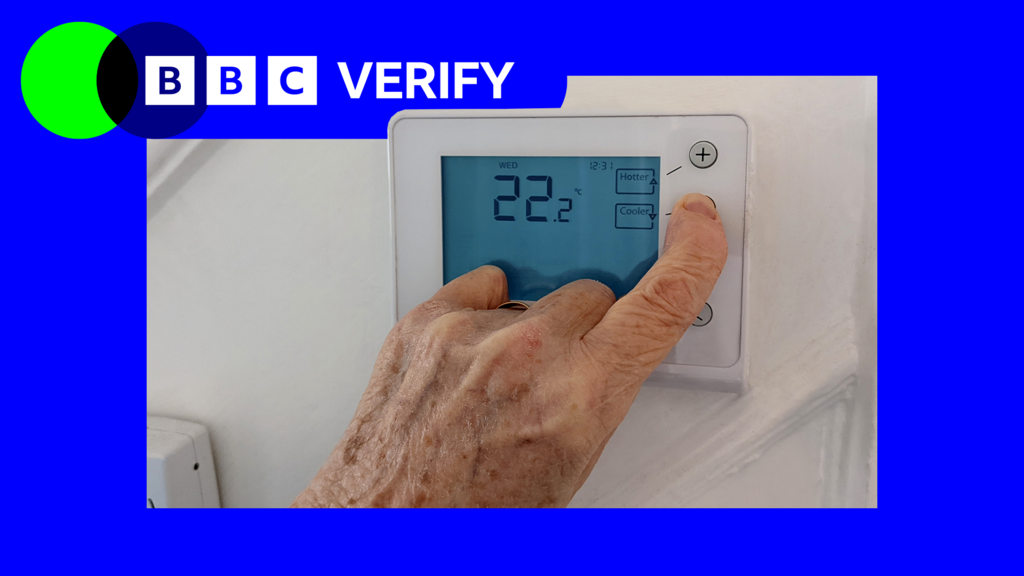The government’s recent reversal of winter fuel payment cuts has sparked scrutiny of its fiscal strategy and spending commitments.
BBC Verify examines the key figures.
Following the 2024 general election, the Department for Work and Pensions projected 10.8 million pensioners in England and Wales would be eligible for winter fuel payments (£200 or £300 per household) in 2024-25.
To curtail spending, the government initially restricted payments to pension credit recipients (aimed at low-income pensioners), reducing the number of beneficiaries to 1.5 million.
Facing public backlash, the government reinstated payments for all pensioners in 2025-26, with a clawback mechanism for earners above £35,000. This resulted in approximately 9 million pensioners being eligible, largely reversing the initial policy’s impact.
The government estimated the initial winter fuel payment system would cost £1.9bn in 2024-25. The first reform was projected to save £1.4bn (rising to £1.5bn in 2025-26), reducing costs to £0.5bn.
The latest revision estimates costs at £1.25bn— a £450m saving compared to universal eligibility. This saving, yet to be OBR-certified, represents only a third of the initial £1.5bn target. Some analysts believe the net saving could be even lower.
Labour’s initial reform limited payments to pension credit recipients. A subsequent government campaign encouraged eligible non-claimants to apply. Data shows nearly 60,000 additional claims, costing an estimated £234m annually (based on an average annual cost of £3,900 per claim, as calculated by former Lib Dem pensions minister Steve Webb).
This additional cost could offset half of the claimed £450m savings. The initial £1.5bn saving was crucial to stabilizing public finances and was factored into OBR budget calculations. The reduced saving of £450m (or potentially less) creates at least a £1bn shortfall.
The Treasury plans to address this in the Autumn 2025 Budget, stating it “will not lead to permanent additional borrowing.” Without increased GDP growth or tax revenue forecasts, this implies tax increases or further spending cuts.
While £1bn is relatively small compared to the overall £1,347bn projected spending and £129bn borrowing for 2025-26 (per OBR), significant savings from working-age welfare reforms (£4.8bn annually by 2029-30, per OBR) are at risk. Reversing or diluting these reforms would significantly impact the Chancellor’s ability to meet fiscal rules— particularly the aim of balancing the day-to-day budget by 2029-30, given the limited £9.9bn projected headroom (March 2025 OBR).
Suggest topics for future BBC Verify investigations.

